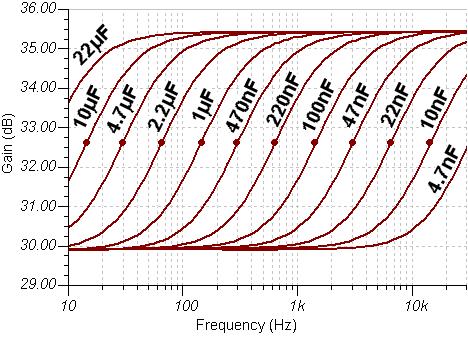mickeydg5
Well-Known Member
- Joined
- Sep 30, 2011
- Messages
- 28,591
- Reaction score
- 16,367
I understand most do not understand electronics and how they work together.Yeah I hear ya. I made an order last night for some parts. 5k pot, 25k pot, new 4k7, a .1uF cap, just everything in case I need it. Unless there is some other mystery section of the circuit that could affect presence, that seems like all I can do. And I've been really hoping I didn't have to mess up these solder joints, but oh well. I'll try all those things out.
Do you know what my resistance should be across the .68uf cappacitor in circuit? Because I get:
4.34k presence at 10
10.2k presence at 0
But my other Synergry cap I ordered, out of circuit resistance reading, is overload. Is that standard?
You see, your meter works off of DC current to measure. The capacitor in the presence circuit is in-line and capacitors block DC. We had to short the capacitor to remove it's reactance for the meter to read the resistance properly.
So, the capacitor has reactance and interferes if not taken out of the circuit.
To get more in depth, your meter operates on a specific frequency according to its specifications when measuring which also affects the readings given in a certain circuit. That is getting too deep for most to understand.

Last edited:










